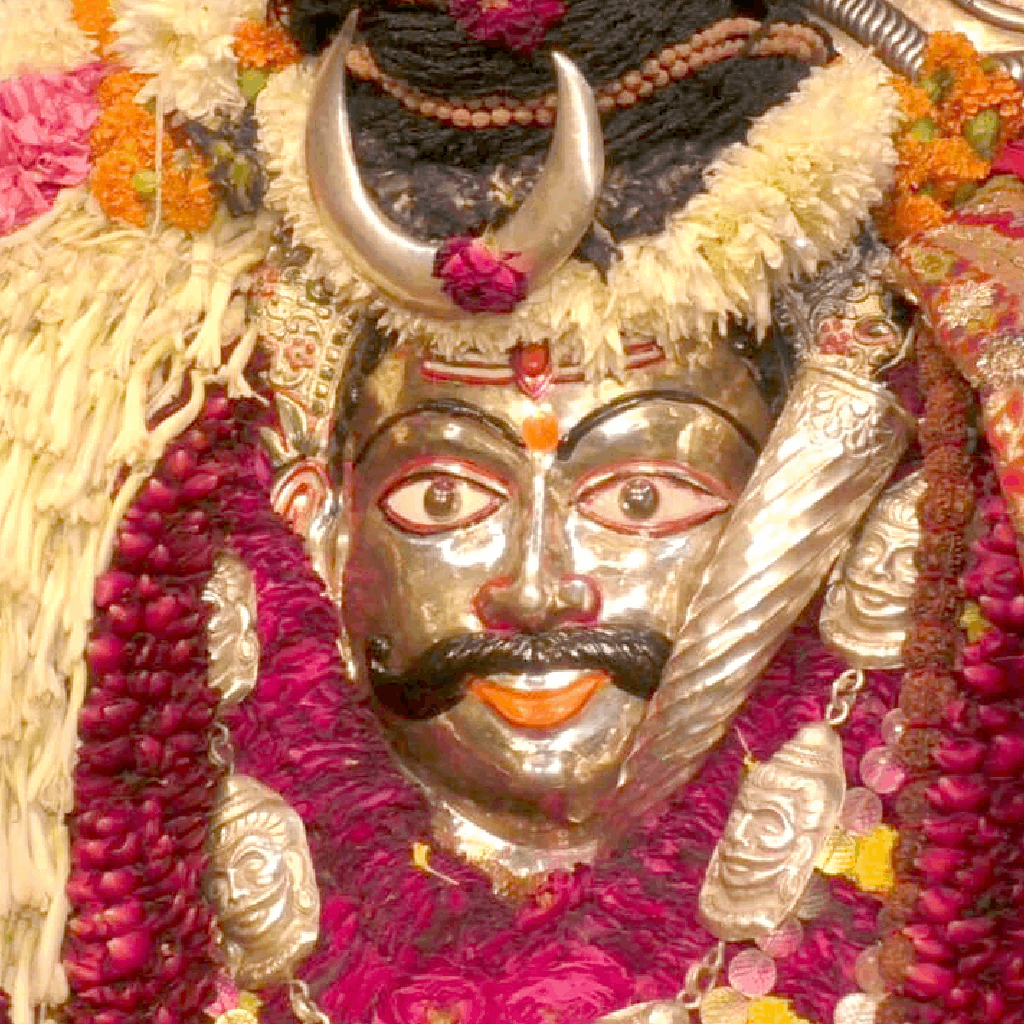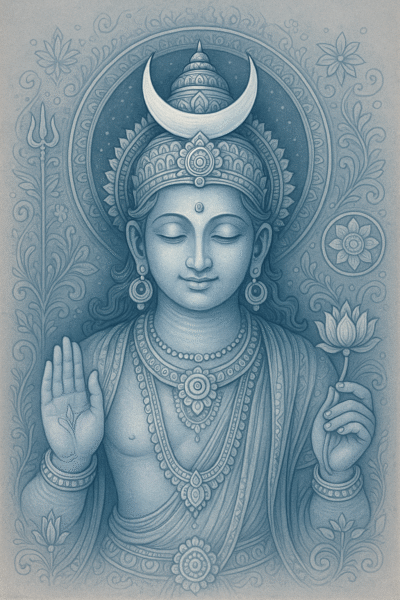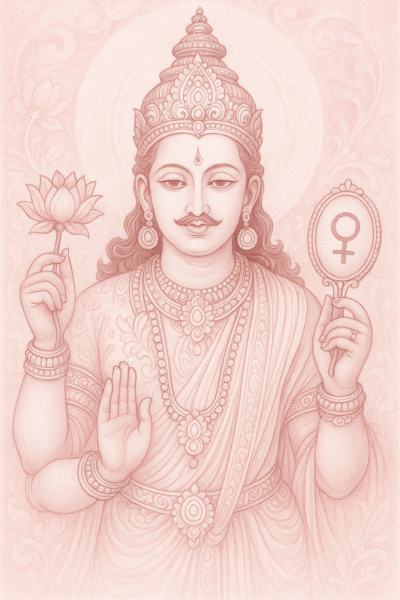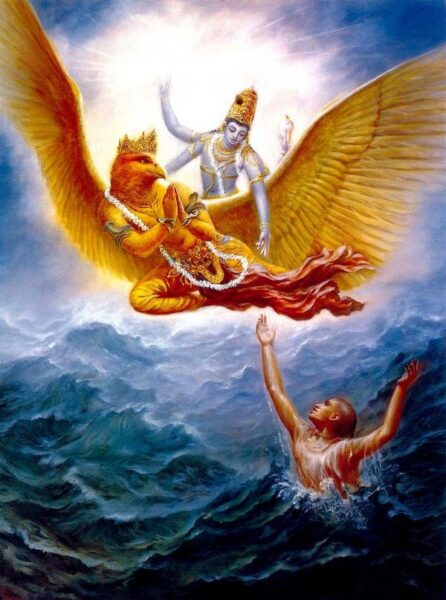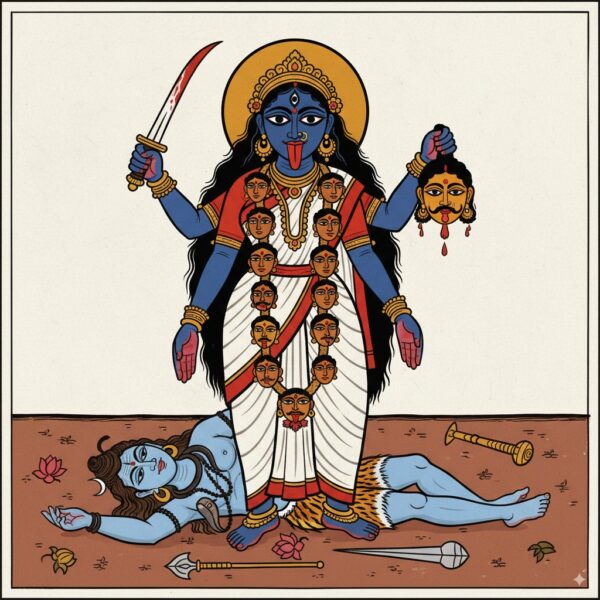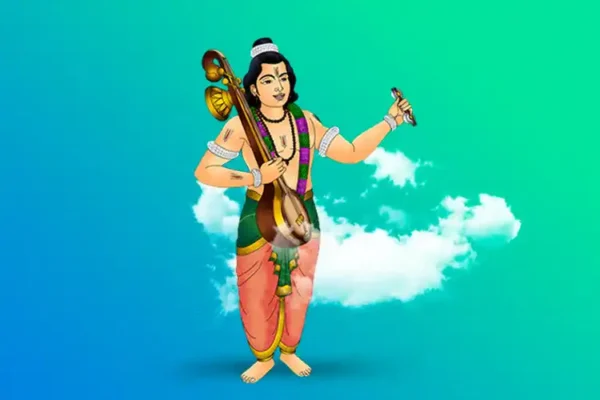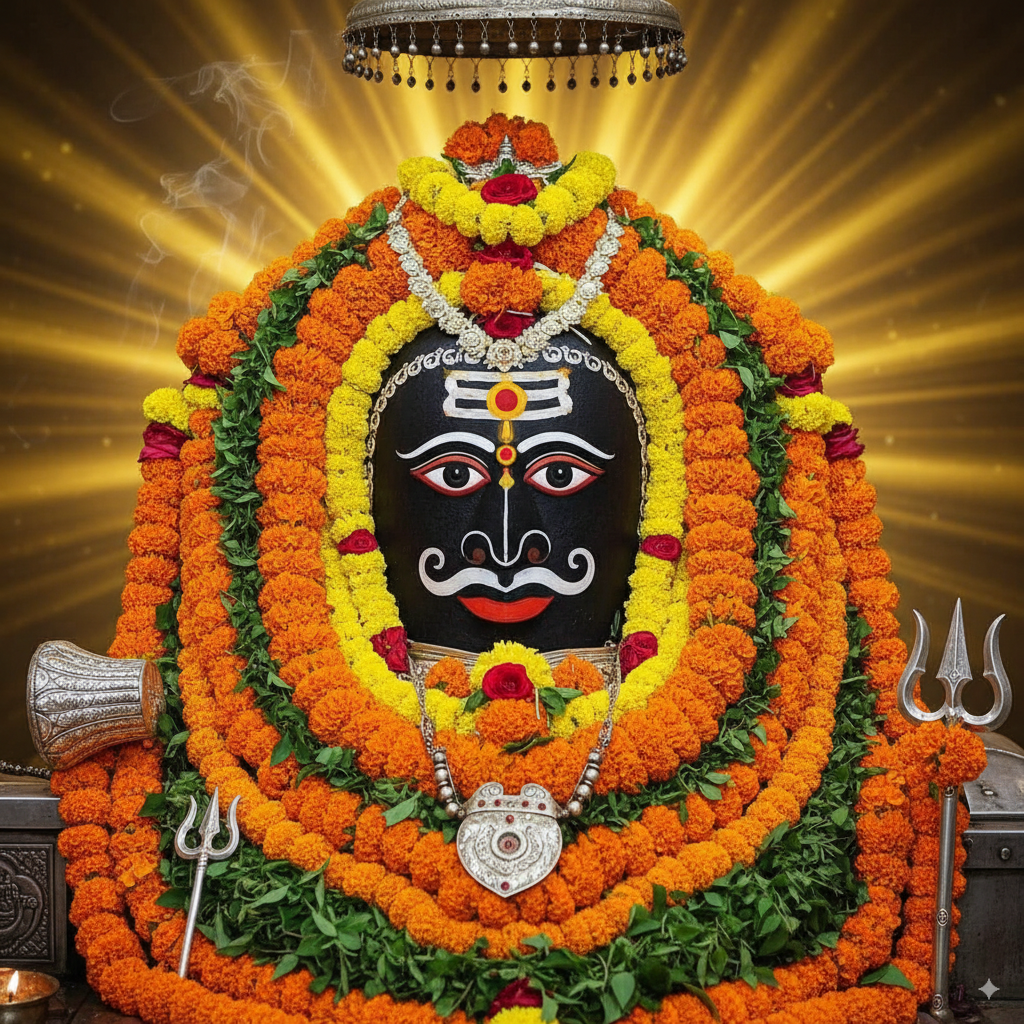Kashi Kaal Bhairava Temple – The Fierce Guardian of Varanasi
The Kaal Bhairava Temple is dedicated to one of the most revered guardian deities of Varanasi—Kaal Bhairava, a fierce form of Shiva. Worshipped as the “Kotwal” (chief protector) of Kashi, Kaal Bhairava destroys evil and grants fearlessness, protection, and spiritual power to all who seek his blessings.
Introduction
The Kashi Kaal Bhairava Temple is one of the oldest and most iconic temples in Varanasi. It embodies the fierce and protective aspect of Shiva in his Bhairava form. Pilgrims believe that no one can stay or leave Kashi without the permission of Kaal Bhairava, making him the city’s ultimate guardian.
History & Legends
- Ancient Origins: The temple’s origins trace back thousands of years—mentioned in the Skanda Purana and Kashi Khanda as a powerful seat of Bhairava worship.
- Bhairava Manifestation: According to legend, Shiva took the form of Kaal Bhairava to annihilate ego and arrogance (Brahma’s fifth head), preserving dharma in Kashi.
- Role as Kotwal: He is honored as the “Kotwal” (chief guardian) who oversees spiritual justice and protects pilgrims and residents.
Temple Architecture
- Main Deity: The sanctum houses an awe-inspiring black stone idol of Bhairava, garlanded with silver, skulls, and flowers.
- Temple Design: Traditional North Indian temple architecture with carved pillars, ornate sanctum, and a sacred courtyard.
- Dog Symbolism: Dogs are seen as sacred to Bhairava and roam freely in and around the temple, symbolizing loyalty and the power to destroy negativity.
Worship & Rituals
- Offerings: Devotees offer mustard oil, flowers, black sesame, and alcohol (a unique tradition for Bhairava).
- Bhairava Ashtami: Special poojas, hymns, and night vigils mark this annual festival to celebrate Bhairava’s cosmic role.
- Aarti: Daily aartis and recitation of Bhairava Ashtak, with devotees seeking protection and blessings.
- Special Rituals: Tantric ceremonies, prayers for overcoming fear, and blessings for success and security.
Major Festivals
- Bhairava Ashtami: Main annual festival—celebrated on the eighth day of the waning moon in Margashirsha.
- Maha Shivratri: Large crowds gather during this auspicious occasion for Lord Shiva.
- Navaratri: Bhairava is invoked during powerful Navaratri rituals by tantric practitioners.
Spiritual Significance
- Protector of Kashi: All pilgrims seeking liberation (moksha) must have Bhairava’s permission to leave Kashi—symbolic of release from the cycle of life and death.
- Destroyer of Negativity: Bhairava is invoked to dissolve fear, obstacles, black magic, and malevolent forces.
- Tantric Power: The temple is a center for tantra sadhana and the pursuit of spiritual strength.
Travel & Visitor Information
- Location: Vishweshwarganj, Varanasi, Uttar Pradesh, India – easily accessible via auto or rickshaw from major ghats and railway station.
- Timings: Open from 5 AM to 1:30 PM and 3 PM to 9:30 PM daily.
- Nearby Attractions: Kashi Vishwanath Temple, Annapurna Temple, Ganga Ghats.
- Tips: Purchase Bhairava’s sacred oil (“Bhairav Tel”) and offer it with black sesame and flowers. Always respect the sacred dogs.
Modern Relevance
- The temple continues to be a focal point for devotees seeking courage, success, and protection from evil.
- New facilities and digital booking have improved visitor experience.
- The temple remains a hub for tantriks, spiritual seekers, and local communities.
Conclusion
Kashi Kaal Bhairava Temple stands as a unique beacon of spiritual strength, protection, and liberation in Varanasi. It offers every devotee the grace of cosmic justice and fearlessness through the mighty blessing of Bhairava.
Om Bhairavaya Namah! – Salutations to the fierce guardian of Kashi.

